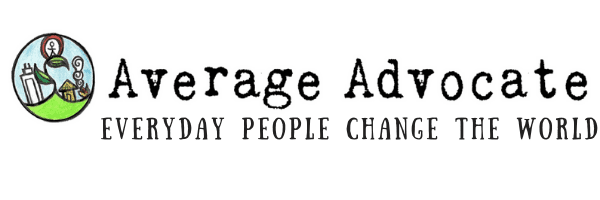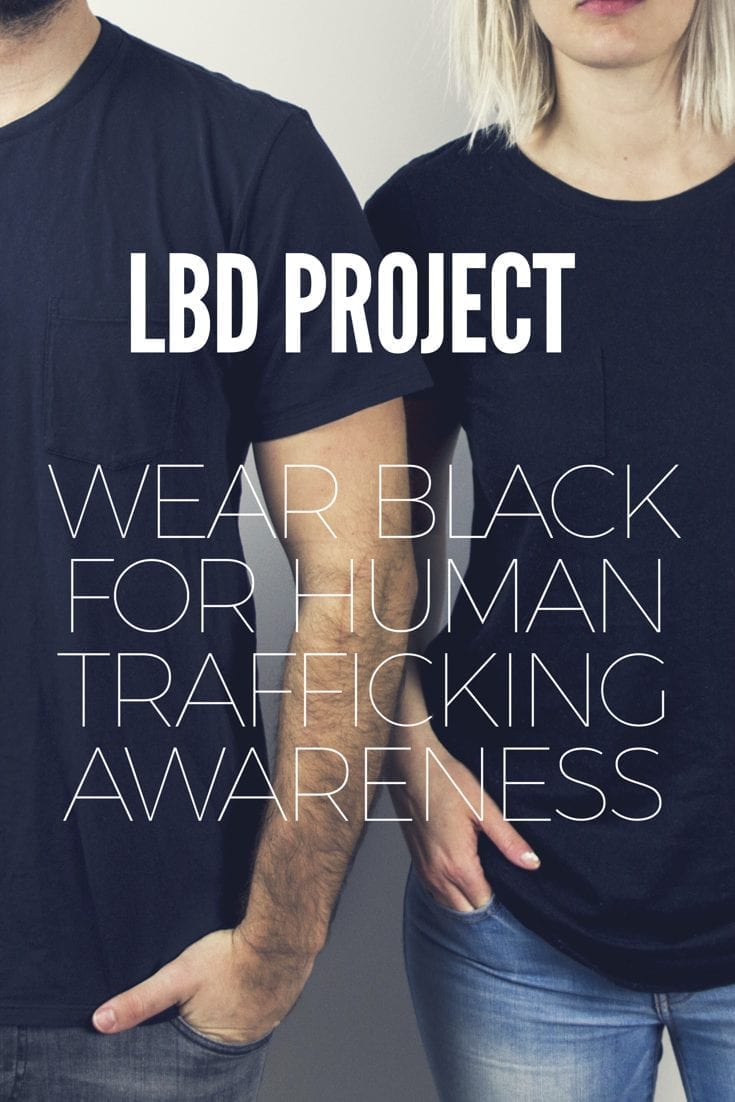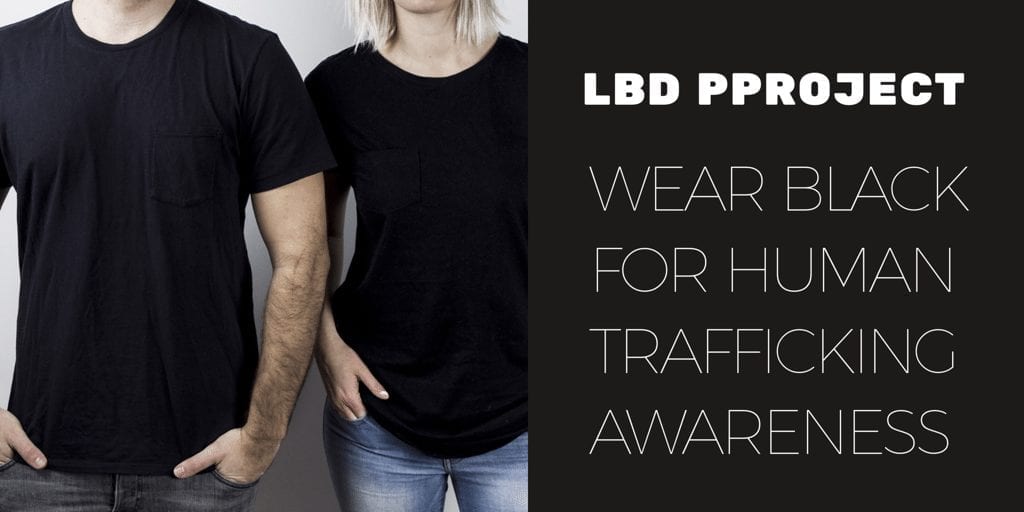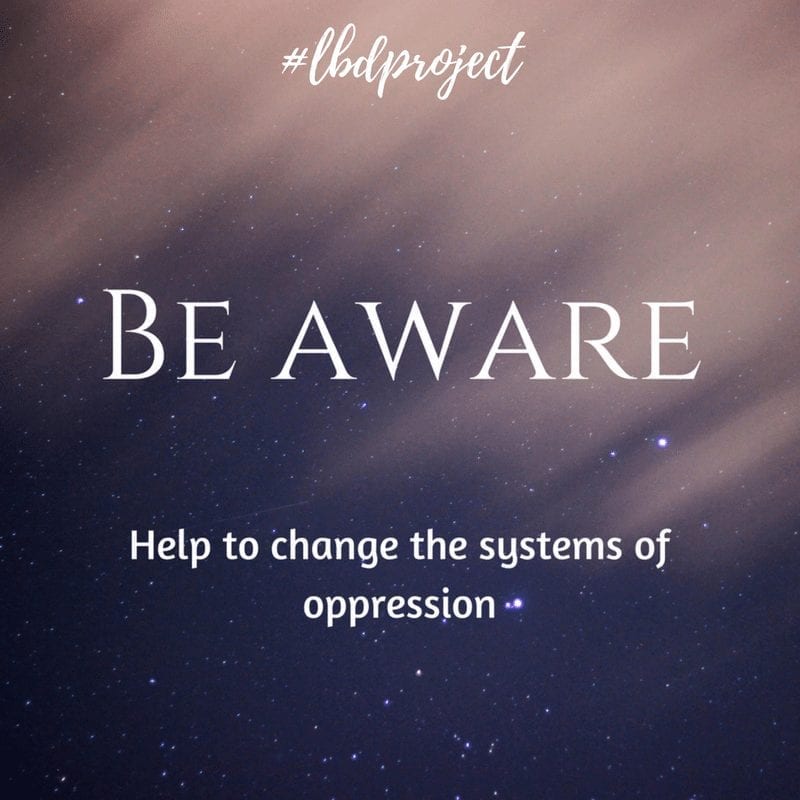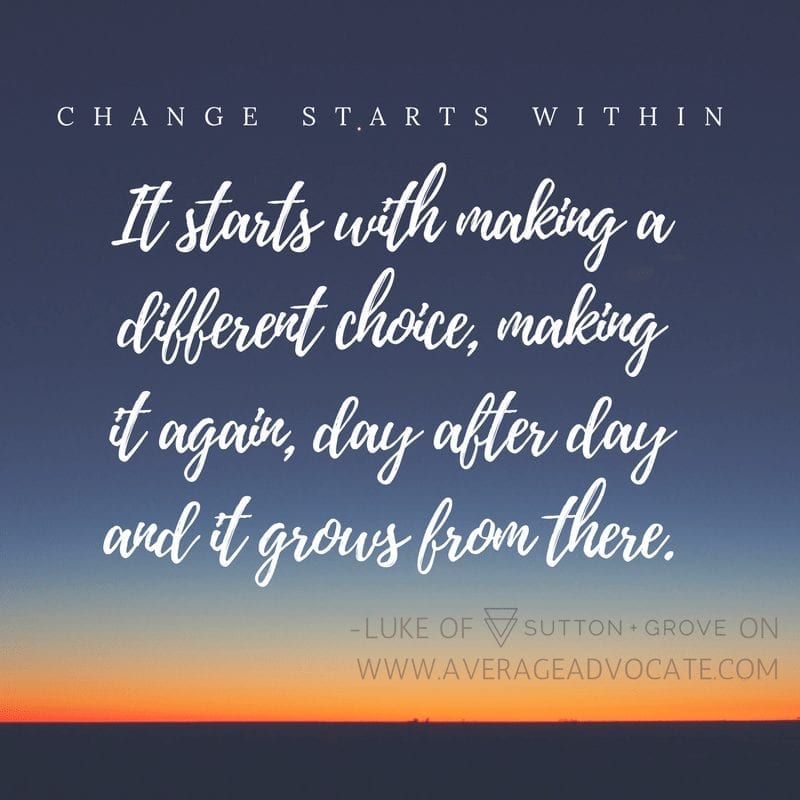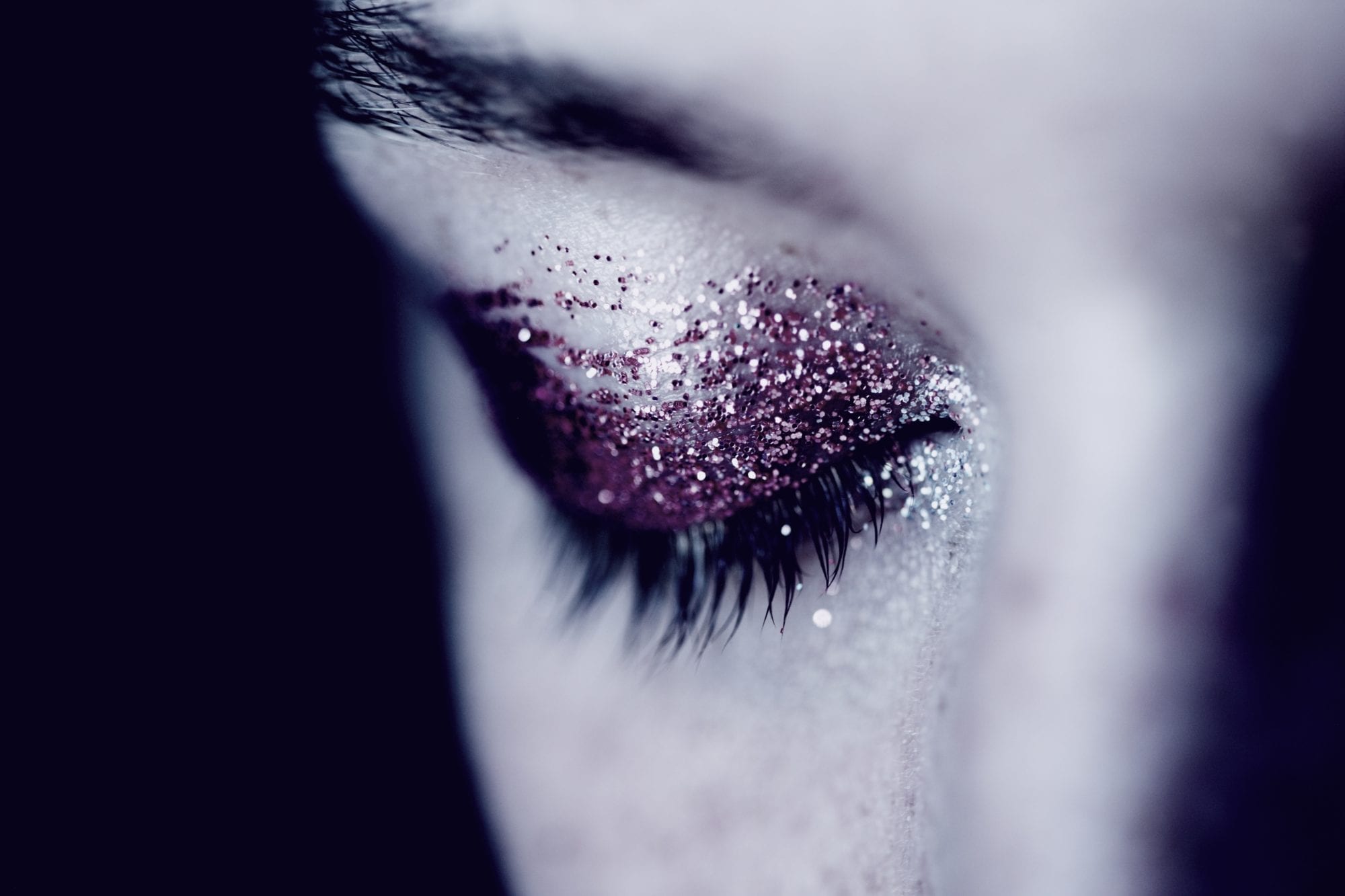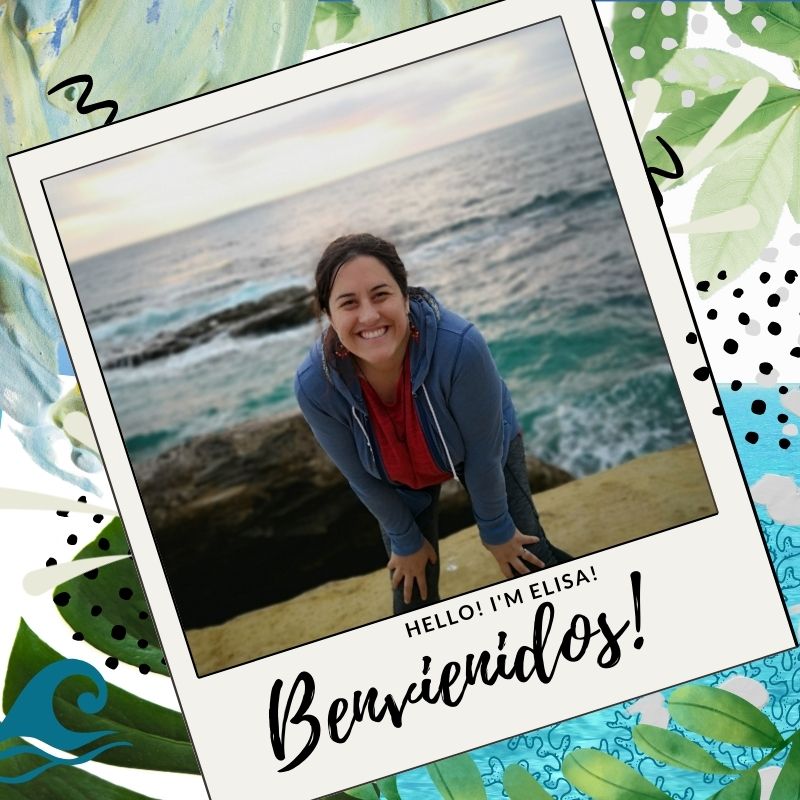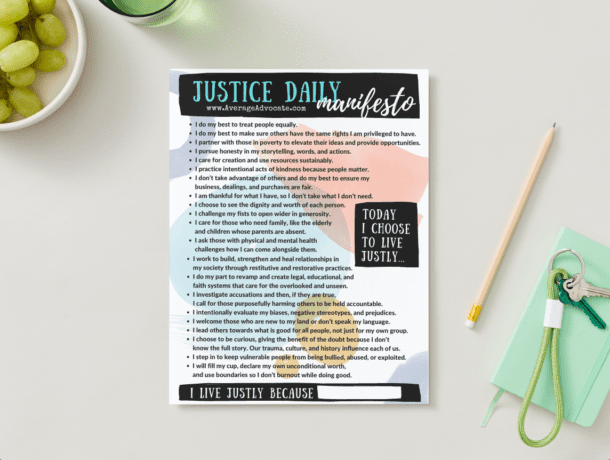Do you think conscious fashion sounds like a buzzword? I thought it was a little complicated, so I went to bloggers Sutton + Grove to give us an explanation of conscious fashion that is relevant to us normal people (i.e., too busy working 60 hours a week while managing a household of three glorious monsters–or maybe more accurately for some of us, too busy watching reruns of Lost to find the time to care). But if you found yourself even reading this article, you probably care a bit about human trafficking. And if you believe people deserve a chance to be free, I encourage you to read on to learn why your choice matters.
Modern Day Slavery
Some of you have been part the LBD.Project currently underway, a thirty-one day challenge to bring awareness to human trafficking and raise capital for anti-human trafficking organizations by wearing the same black piece of clothing each and every day through March.
But even if you didn’t do the LBD.Project, you might still care about human trafficking. Victims of human trafficking have their personal choices and freedoms stolen from them in a harsh, and brutal manner. Imagine being a slave to someone else’s desires, or imagine being another human’s property used and mistreated. This is what it’s like to be a victim of modern day human trafficking and it’s happening at a rate that should infuriate all of us global citizens.
According to the International Labour Organization, there are over 20 million slaves in our world, today (Article Here).
Yup, you read that right. In fact, the stats suggest that there are modern day slaves living in the city that you call home. If you think about it, someone that you see every day at the bus station or on the streets could be one of these victims.
Slavery, as defined by the International Justice Mission, is “the use of lies or violence to force another person to work for little or no pay.“
Essentially slavery occurs when someone powerful controls someone who is weaker keeping them weak and trapped.
How Spending our Money is Connected to Human Trafficking
How we spend our money matters in the fight against human trafficking. Why? According to the International Labour Organization, it is estimated that human trafficking is a 150 billion dollar industry worldwide. A lot of the clothes that we wear, the goods that we buy and the food we enjoy is a product of forced labor. According to this report Profits and Poverty: The Economics of Forced Labour a little over 33% or 51 million dollars of this industry came from forced economic labor. In fact, there is a list of 139 goods from over 75 countries that are known to be made by a child or forced labor (list here).
Educating Yourself | Why Your Choice Matters!
Information is power, it changes things. We live in an information age with so much information plastered all over the internet and social media. We are so much more aware of social & environmental impacts and global issues and we have a louder and stronger voice more than ever before because of it. However, with information and knowledge comes responsibility. So the real question here is, if you knew that your clothes were being made through the exploitation of someone else, would you still buy them?
There was a successful social experiment documented by fashion revolution on youtube that went viral in 2015 shown below, which challenged people’s decisions through the power of information. Take a look.
I love this quote by William Wilberforce, a leader in the movement to eradicate the slave trade in the early 1800s,
“You may choose to look the other way but you can never say again that you did not know.” William Wilberforce
The point is, we are responsible for what we know and the information we find out about the products that we buy, companies we buy from, or even people we know should matter.
But the great question from here is what or how can we do anything about it!?
Educating yourself is so important in the fight against modern-day slavery. When we hear about these mind-blowing stats a lot of us think “what difference can I make?” and get overwhelmed by the magnitude of the problem. I tend to work this way. It feels cheap to give $10 and wear a black t-shirt for a month when there is such a huge problem and my efforts seem like a drop in the ocean. However, change starts within. It starts with making a different choice, making it again, day after day and it grows from there.
“Change starts with one person making a brave choice, making a choice to think and live differently. “
Making a difference doesn’t mean you have to move across the world and work for a non-profit or donate a bunch of money to a good cause or build huts in underdeveloped communities (although all are great and helpful actions). You can make a difference in how you spend your money on consumer goods as well.
The choices we make on a daily basis in our Western lifestyle can make an equal if not stronger impact on the world. The world economy is driven by consumer capitalism, and thus money does have power and our purchasing choices have power and a voice. If we choose to support brands, products or people that are working towards improving the environment or social welfare of underdeveloped and marginalized communities through our purchasing, we not only become global citizens and contributors of good, we also begin to shift culture and allow norms to be recreated and redefined.
Choosing to live a more conscious life is a holistic decision, one that contributes to not only supporting and joining activities like the LBD.Project, but it also means choosing to make a conscious decision through informative choices in every area of your life, including your clothing!
What is Conscious Fashion?
Conscious living and fashion are the main focus that Jill and I research and write about on Sutton + Grove.
A conscious life is a life that is carefully lived with an awareness and care for one’s surroundings. This includes people near and far, the environment and even our fashion choices.
Which includes choosing products that fit under the conscious fashion and slow fashion umbrella: ethical, sustainable, eco-friendly, recycled, fair trade, etc.
Conscious fashion brands are brands that purposely choose to be transparent about their supply chains, the materials they use to make our clothes, the impact they leave on the environment, the factories they choose for production and the labor conditions of the factory workers. These brands all have social and environmental issues and concerns in mind and are working in some way to make the world a better place through commerce.
To read a bit more about this check out our post, What is a Conscious Lifestyle.
Where Can You Buy Ethical Clothing?
If you are beginning to see value of approaching fashion in a conscious and mindful way, then here are four different ethical shops you can find several black items for both men and women:
1 | Alternative Apparel
2 | Threads for Thought
3 | Everlane
4 | Local Thrift Shop
Sutton + Grove = Conscious Fashion Gurus
I am so grateful Sutton + Grove wrote this above post for us! I can’t encourage you enough to browse and ponder through their blog. And definitely follow them on Instagram (as well as both Luke and Jill’s personal Instagram feeds) as they won’t disappoint!
Luke and Jill are gurus on ethical clothing and products, something I’ve dabbled in for many years (thanks to the LBD.Project) but only recently have committed to move forward living a conscious lifestyle. Stay-tuned for my story coming shortly by joining the Average Advocate tribe (er…hoodlums) here.
Here are some other resources Sutton + Grove have compiled that might help you as you consider conscious fashion:
In addition, Sutton + Grove’s Start Here page (especially when you scroll down and get to the part about slow and fast fashion) is really helpful in understanding what conscious fashion means.
We Still Need You With the LBD.Project!
As most of you at Average Advocate are already aware, The LBD.Project is still pushing forward in our black items for the month. But, it is never too late to join so check out how to participate in ending modern slavery, here.
Also, we’d love to meet our fundraising goal, which really wouldn’t be hard if everyone who read this donated $10 (*hint*hint*). If you want to donate to the LBD Project go here:
